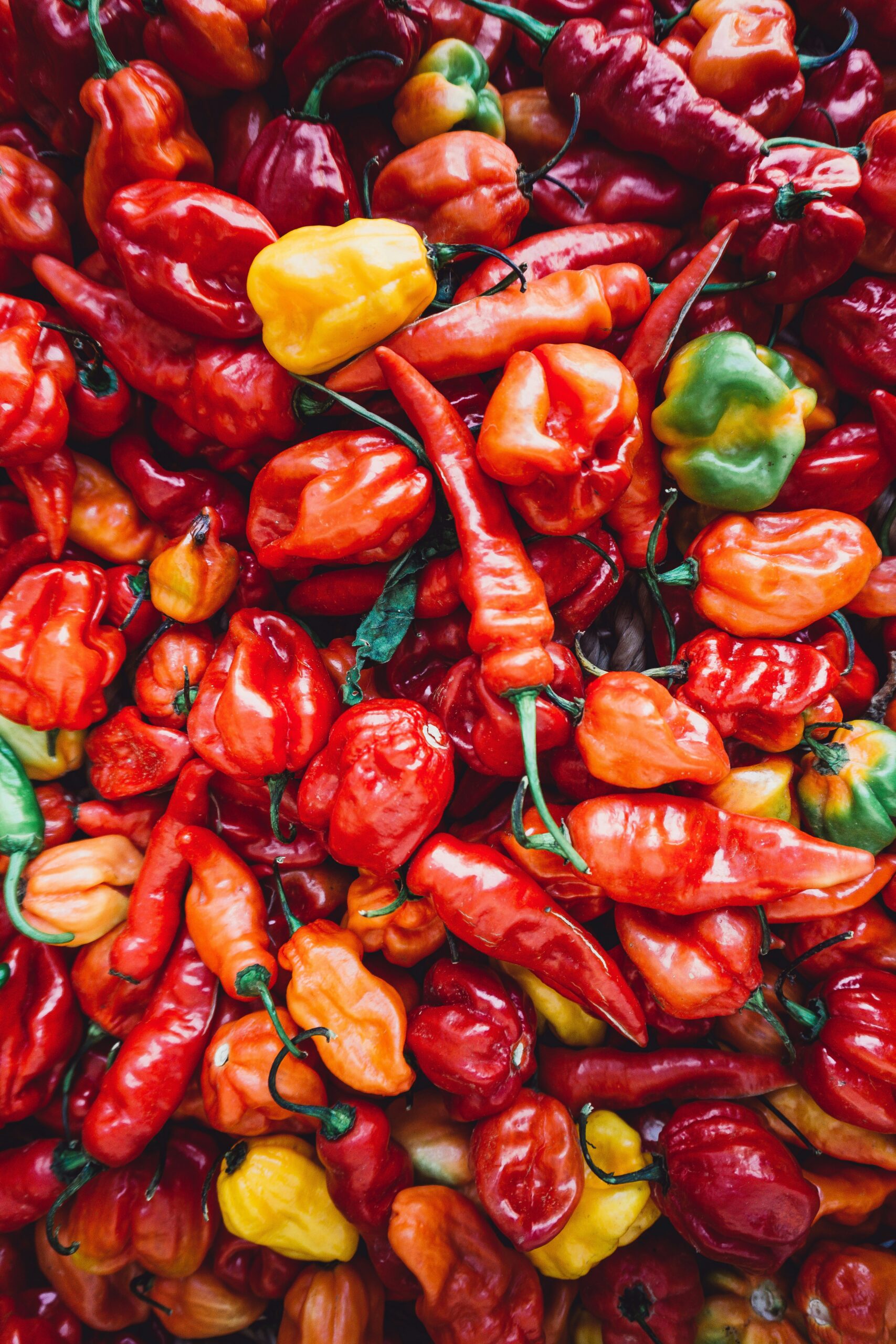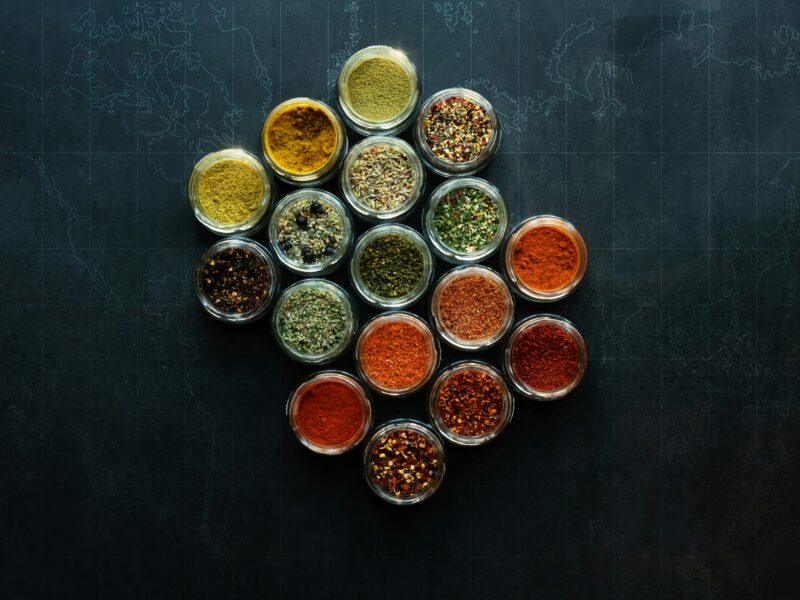Chili is a key ingredient in kitchens worldwide, known for its ability to add heat, depth, and complexity to a variety of dishes. Whether you enjoy it in sauces, stews, salsas, or marinades, chili can transform a simple dish into something vibrant and exciting. This article will explore the different types of chili, their unique uses, and how to choose the best chili for your cooking needs.
Origin and history of chili
Chili peppers are native to the Americas, where they have been cultivated for thousands of years. They were first domesticated by indigenous peoples in modern-day Mexico and Central America. Chili peppers spread worldwide after the Columbian exchange, becoming integral to cuisines across the globe. Today, chili is celebrated not only for its fiery heat but also for its distinct flavor profiles, which vary depending on the variety.
Varieties of chili
Chili comes in a range of varieties, each offering a unique level of heat and flavor that can be used to enhance various dishes. Whether you need mild heat or a full-on spicy kick, the variety you choose can make all the difference. Here’s a look at five popular chili varieties:
Jalapeño
Jalapeños are one of the most well-known and widely used chilis. They are medium heat chilies that offer a bright, fresh flavor with just enough spice to liven up any dish. Typically green, they are commonly used in salsas, sauces, and as toppings for tacos and nachos. The balance of heat and flavor makes them versatile for both cooking and raw applications.
Habanero
Known for its intense heat, habaneros are small but pack a punch. These peppers are often orange or red and have a fruity, citrus-like flavor that complements their fiery intensity. Habaneros are often used in hot sauces, marinades, and dishes that require a bold spice. Despite their heat, their sweetness adds an interesting layer to any dish.
Chipotle
Chipotle peppers are simply dried and smoked jalapeños. The smoking process gives them a rich, earthy flavor that is perfect for adding depth to sauces, stews, and marinades. Chipotles are often used in Mexican cuisine, particularly for flavoring meats and in adobo sauces. The smoky taste is great for grilling or barbecuing.
Serrano
Serrano peppers are similar to jalapeños but slightly smaller and spicier. These peppers have a fresh, vibrant flavor and are perfect for adding to fresh salsas, pico de gallo, or even as a garnish for tacos. While not as intense as habaneros, serranos are still quite spicy and add a crisp, bright heat to your dishes.
Cayenne
Cayenne peppers are typically dried and ground into powder, making them one of the spiciest options. Known for their bright, intense heat, cayenne is often used in small amounts to spice up soups, sauces, and spice blends. It’s a staple ingredient in hot sauces, chili powders, and spice mixes, and it brings a sharp, immediate kick to any dish.
How to choose the right chili for cooking?
Choosing the right chili depends on the type of dish you’re preparing and the level of heat you’re comfortable with. Jalapeños and serranos are great for fresh salsas, salads, or any dish that requires a mild to medium heat. Habaneros are ideal for those who want to add intense heat with a fruity flavor to their dishes. Chipotle is perfect for adding smoky, earthy depth to sauces and grilled foods, while cayenne is your go-to chili for a fiery burst in soups, stews, and spice blends.
What to do if you’ve added too much chili
- ✔Add more of the base ingredients (like tomatoes, broth, or unsalted vegetables) to dilute the heat.
- ✔Balance the spice with dairy, such as cream or yogurt, to cool things down.
- ✔Sweeten it up a bit with sugar or honey to offset the heat.
- ✔If you’re dealing with soups or stews, add more herbs and spices to round out the flavor.
So, what would cooking be without chili?
Chili is not just about heat—it’s about flavor. From the fiery kick of habaneros to the smoky depth of chipotles, each variety of chili adds something distinct to your cooking. Understanding how to use the right chili for the right dish will unlock a world of culinary possibilities. Whether you’re spicing up a stew or crafting the perfect salsa, chili is an indispensable ingredient that brings both excitement and complexity to your kitchen.


